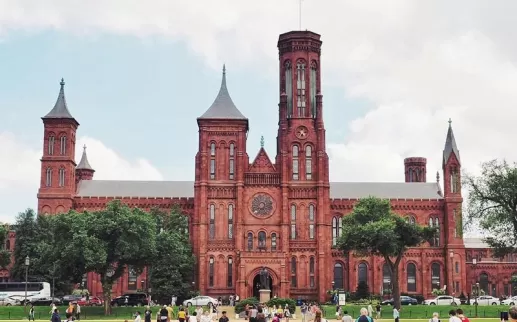The historical backdrop of Canada’s relationship with the monarchy sets the stage for this symbolic invitation. Unlike the United States, which severed formal ties with the Crown over two centuries ago, Canada has maintained a gradual connection, adopting a constitutional monarchy model while increasingly asserting its independence. This has been a dynamic discussed by historians, who note that such relationships often vary with changing political leadership.
This upcoming royal visit, the first by a British monarch to Canada since 1977, represents a diplomatic effort right at a pivotal time for Canada, as it navigates the complexities of its relationship with the United States. The symbolism of the King’s visit is rich with implications, particularly in light of Carney’s campaign commitments to reinforce Canadian sovereignty in the face of Trump's controversial policies, including assertive suggestions that Canada might better serve as a part of the U.S.
While the contemporary Canadian population exhibits varying levels of interest in the monarchy, Carney’s invitation is likely crafted to bolster a sense of unity and identity, counteracting criticisms of Canadian ties to the Crown. By welcoming the King, Carney aims to deliver a message of strength, marking a notable shift from previous administrations, and reinforcing connections to Europe during times of geopolitical uncertainty.
Historically significant as it may be, this royal engagement also welcomes scrutiny, particularly from Indigenous communities and political factions such as the Bloc Québécois, who are increasingly questioning the necessity of the monarchy in Canadian governance. Nonetheless, the visit is anticipated to carry a resonant political weight, potentially impacting Canada’s future diplomatic relationships both with the U.S. and across Europe.
As King Charles III prepares for this momentous visit, both he and the Canadian Prime Minister appear poised to foster greater international collaboration, underscoring the importance of historical ties while reaffirming Canada's sovereignty and identity on the world stage.
This upcoming royal visit, the first by a British monarch to Canada since 1977, represents a diplomatic effort right at a pivotal time for Canada, as it navigates the complexities of its relationship with the United States. The symbolism of the King’s visit is rich with implications, particularly in light of Carney’s campaign commitments to reinforce Canadian sovereignty in the face of Trump's controversial policies, including assertive suggestions that Canada might better serve as a part of the U.S.
While the contemporary Canadian population exhibits varying levels of interest in the monarchy, Carney’s invitation is likely crafted to bolster a sense of unity and identity, counteracting criticisms of Canadian ties to the Crown. By welcoming the King, Carney aims to deliver a message of strength, marking a notable shift from previous administrations, and reinforcing connections to Europe during times of geopolitical uncertainty.
Historically significant as it may be, this royal engagement also welcomes scrutiny, particularly from Indigenous communities and political factions such as the Bloc Québécois, who are increasingly questioning the necessity of the monarchy in Canadian governance. Nonetheless, the visit is anticipated to carry a resonant political weight, potentially impacting Canada’s future diplomatic relationships both with the U.S. and across Europe.
As King Charles III prepares for this momentous visit, both he and the Canadian Prime Minister appear poised to foster greater international collaboration, underscoring the importance of historical ties while reaffirming Canada's sovereignty and identity on the world stage.




















